Arboretum Groenlandicum
An experimental forest at the foreground of arboreal science is also the canary in the coal mine for climate change.
In the middle of the 20th century, the icy island nation of Greenland in the North Atlantic faced a bit of an arboreal conundrum, and pillaging its neighbors’ trees seemed to be the only answer.
Established just outside Narsarsuaq in 1954 when arborists became aware that it wasn’t Greenland’s soil that had prevented forestation from taking place, Arboretum Groenlandicum began as a place for species of trees native to the country to be given a fresh shot a life in a new locale. But once they got started, scientists figured why stop there?
The experiment at Narsarsuaq became a sort of scientific articulation of the theory “if you build it, they will come,” testing the limits of cultivating an effective, natural, yet wholly fabricated forest environment. What resulted was a small forest that’s about as technicolor (for an arctic pine forest) as any on the planet.
Over the following decades, saplings and seeds of boreal trees and shrubs were borrowed from all over the northern hemisphere. And by the dawn of the new millennia, the greenery at Arboretum Groenlandicum was thriving. Within its nearly 500 acres lived nearly all the subarctic and northern subalpine tree-line species found in the Northern Hemisphere, including species like lodgepole pine commonly associated with the American Rocky Mountains, Siberian larch, Norwegian spruces, Scots pine, Himalaya birch, a diverse assortment of broadleaved trees, and many more.
More somberly, the forest at Arboretum Groenlandicum has become experimental on an additional, unexpected front; due to its location in an environment at the forefront of global warming, the exceptionally diverse stand of trees is now also being studied to monitor the consequences of global warming in the individual specimens themselves, before the waves of change reach their nations of origin.
The far southern fjords of Greenland do actually contain some stunted forests composed of various willow species, Downy Birch, Green Alder, Greenland Mountain Ash, Labrador Tea, and Creeping Juniper. There is evidence based on pollen records that these stunted forests extended in patches as far north as Nuuk as recently as 1000 years ago. The climate is also a transitional one between a milder-winter subarctic climate and a colder-winter sub-polar oceanic climate, with summer highs in the 60’s, it is roughly hardiness zone 4b or 5a and could be compared to Alaska’s Seward Peninsula and/or Iceland’s northeastern plateau.


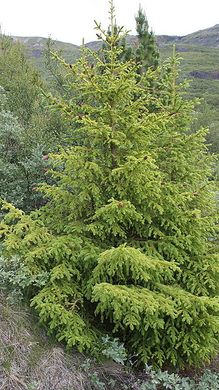




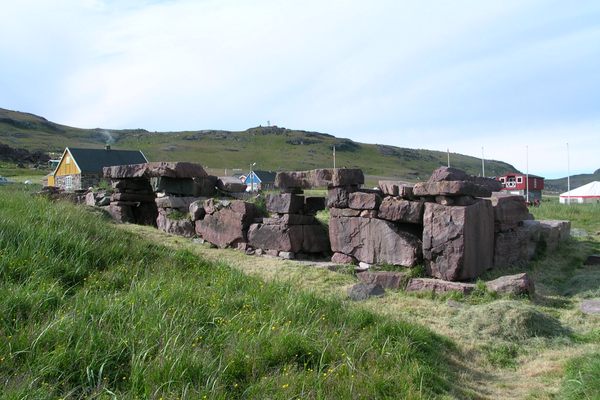

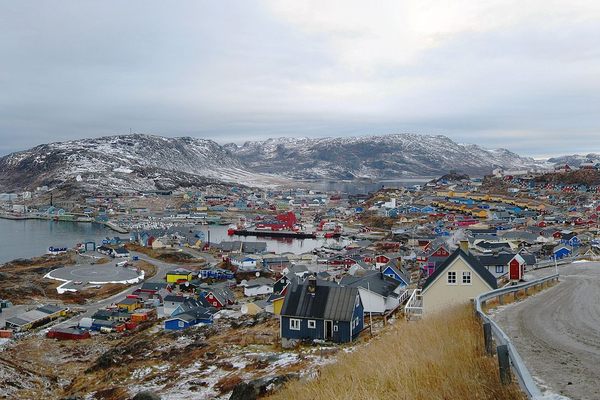

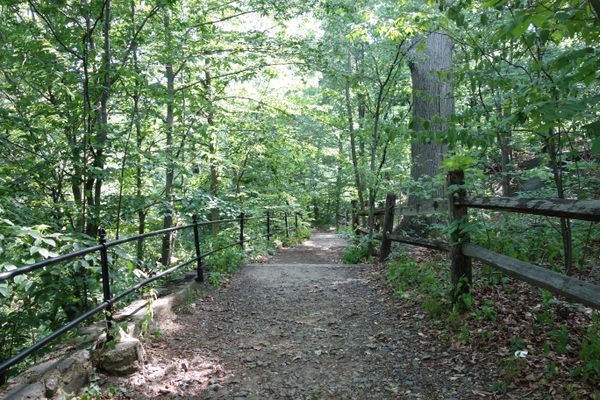


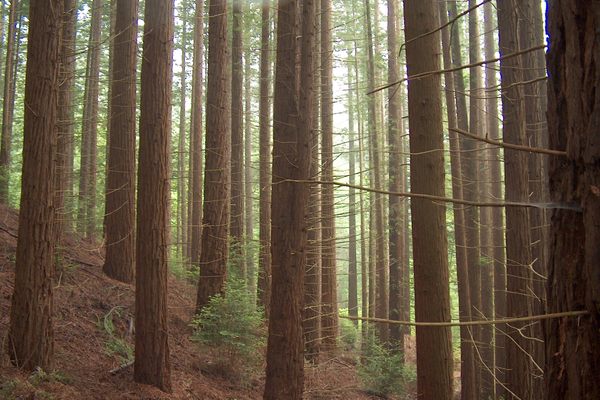

Follow us on Twitter to get the latest on the world's hidden wonders.
Like us on Facebook to get the latest on the world's hidden wonders.
Follow us on Twitter Like us on Facebook